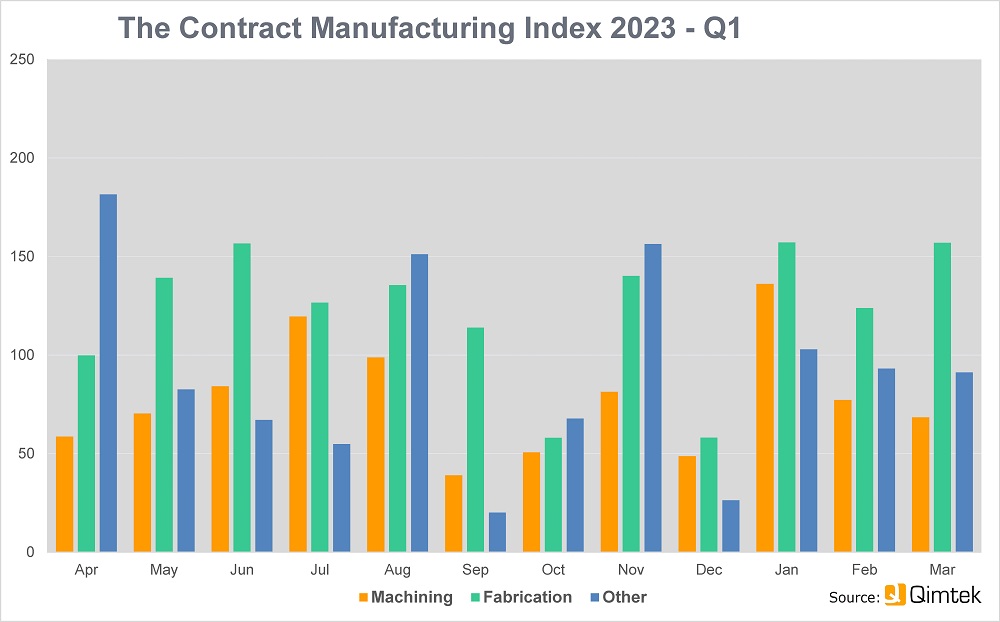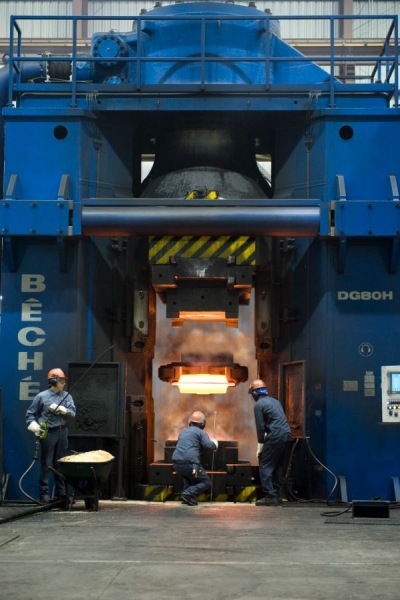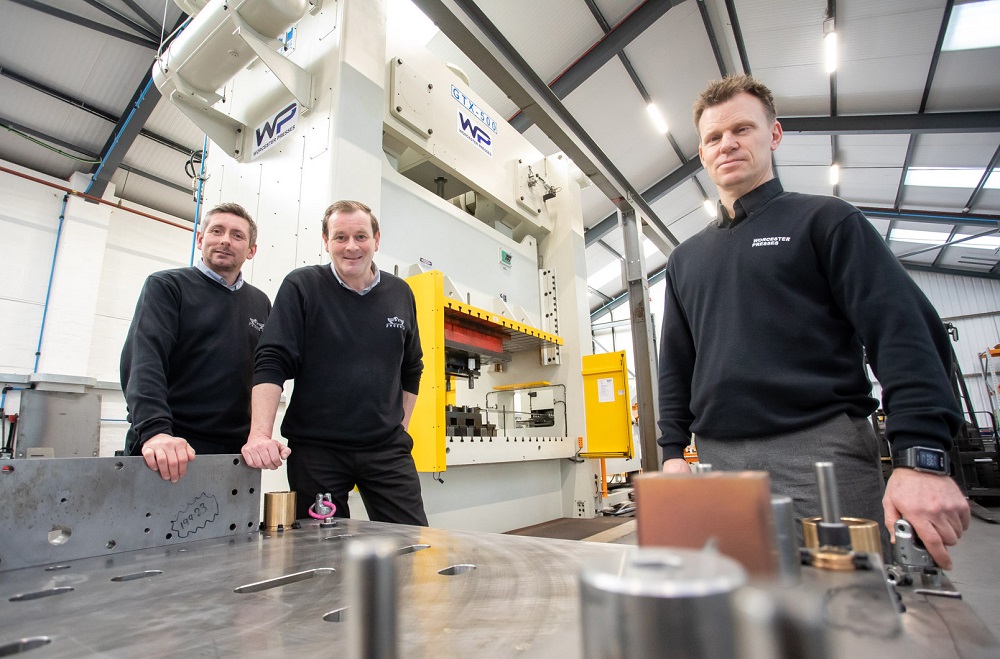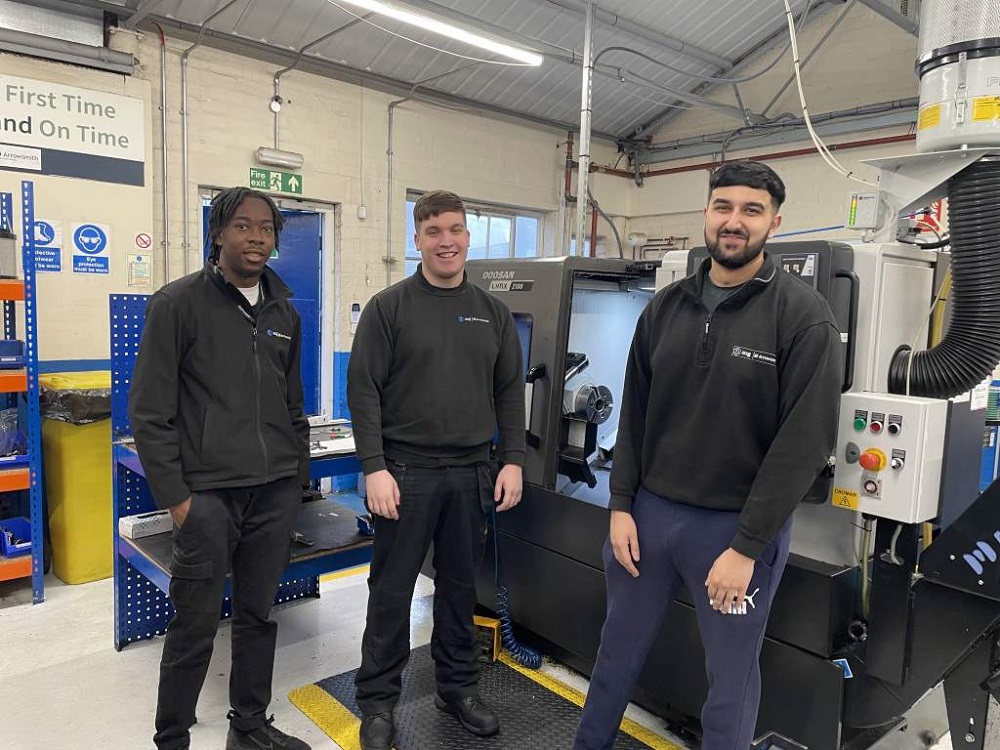Forge Motorsport & Engineering is a business that evolved from Forge Engineering, a subcontract manufacturing company founded in 1983. Down the years, the firm developed what it claims to be the world’s largest and diverse supply of aftermarket car tuning products.It is this evolution that led to a change of name, becoming Forge Motorsport & Engineering in 1996.Like many motorsport manufacturers, the company today relies on HyperMill from Open Mind Technologies for the CAM programming of its components.
The company has offices in the US and Taiwan, retaining its R&D activities and manufacturing in Gloucester. Discussing the business, Peter Miles, managing director at Forge Motorsport, says: “Forge Motorsport Engineering is a manufacturer of performance products and aftermarket parts for a range of petrol and turbo vehicles. We specialise in CNC machining, turning and fabrication, producing the largest range of performance aftermarket parts worldwide. The components we manufacture are extremely complex. For our engineers to get the best from our machines, it’s vitally important that we have the best software on the market, to drive our innovation and designs.”
It is here thatOpen Mind plays a major role with its HyperMillCAM suite, as Miles explains: “In 2019, we recognised that we’d been inactive in updating and improving our machining capacity. That led to us looking in detail at our CNC machining capability. Ryan Speck, our chief engineer, led us down the road of investment in five-axis machining capability and, subsequently, the need for CAM software to help further improve our engineering capability. This brought the need for us to invest in the right kind of software to drive our processes.”
Discussing the on-boarding of HyperMillfrom Open Mind, Speck says: “My role is to ensure our manufacturing operation is as efficient as it can be, and that we’re as competitive as possible within our industry. That prompted us to look at our five-axis options and the software to drive that. We scrutinised various different products on the market, but we felt that the HyperMillproduct from Open Mind Technologies was the right CAM solution for us.”
He adds: “What we need from a CADCAM system is the ability to program parts accurately and in the most efficient way possible. Not only that, but to post the program and, when we get to the machine, have trust in the program that’s been posted – for it to run as intended.
“Everybody encounters problems, and we are no different,” continues Speck. “During the time when we’re programming our components and we’ve come across problems, Open Mind has been able to support us really well in that aspect. Every time we call, they do their best to put things right there and then. It also enables us to upskill our staff. Open Mind doesn’t just put things right and then not explain how it’s done – they continually involve our staff and make sure that we stay up to date with any changes in the software. For us, using HyperMillmeans that we can hit our deadlines and our lead times don’t drift.”
A great example of the support provided by Open Mind is the Team Viewer function, which enables programmers to view exactly the support that’s being given on the screen live right in front of them. It almost mimics an in-house training session.
“What’s really interesting is that Open Mind’s HyperMillhas given us the ability to increase efficiency by reducing our cycle times and enabling us to program offline,” says Speck.“This has made us more competitive within the subcontract engineering industry and helped us to re-launch our Forge Engineering brand.”
Looking at some of the components programmed and machined with HyperMill, Rich Rymer, CNC machinist atForge Motorsport & Engineering, says: “There’s quite a lot that goes into these parts. We have one particular component that we actually do in one operation. We get the raw stock, hold it in the five-axis machining centre, perform the profiling or the pocket milling, and then flip it over and just skim off the back.Finally we snap it off in the vice.”
Alluding to another component, Rymer continues: “These parts are DV37s, which is a dump valve. It requires quite a lot of trochoidal milling. I think if we were to use a long-hand machining strategy, we wouldn’t be able to get into the gaps, as they are a little tight. Trying to get any cutter in there would necessitate very light cuts in a horizontal plane. However, we use a trochoidal toolpath, so we go to the full depth of cut with light movements in a radial axis.”
Discussing specific features within HyperMilland, in particular, the merge function, Rymer concludes: “It’s a very good function. There’s always model and drawing changes in engineering. This function allows us to update a model rather than re-program the whole part through HyperMill. Effectively, we can take the old and new model and just merge them into one. Any changes can be edited by ‘cut and pasting’ the faces on. From there, it’s just a case of going through what we’ve programmed and selecting the new faces. It makes things a lot easier, and it allows us to just continue with the program so we don’t have to restart from scratch.”
For further information www.openmind-tech.com



















